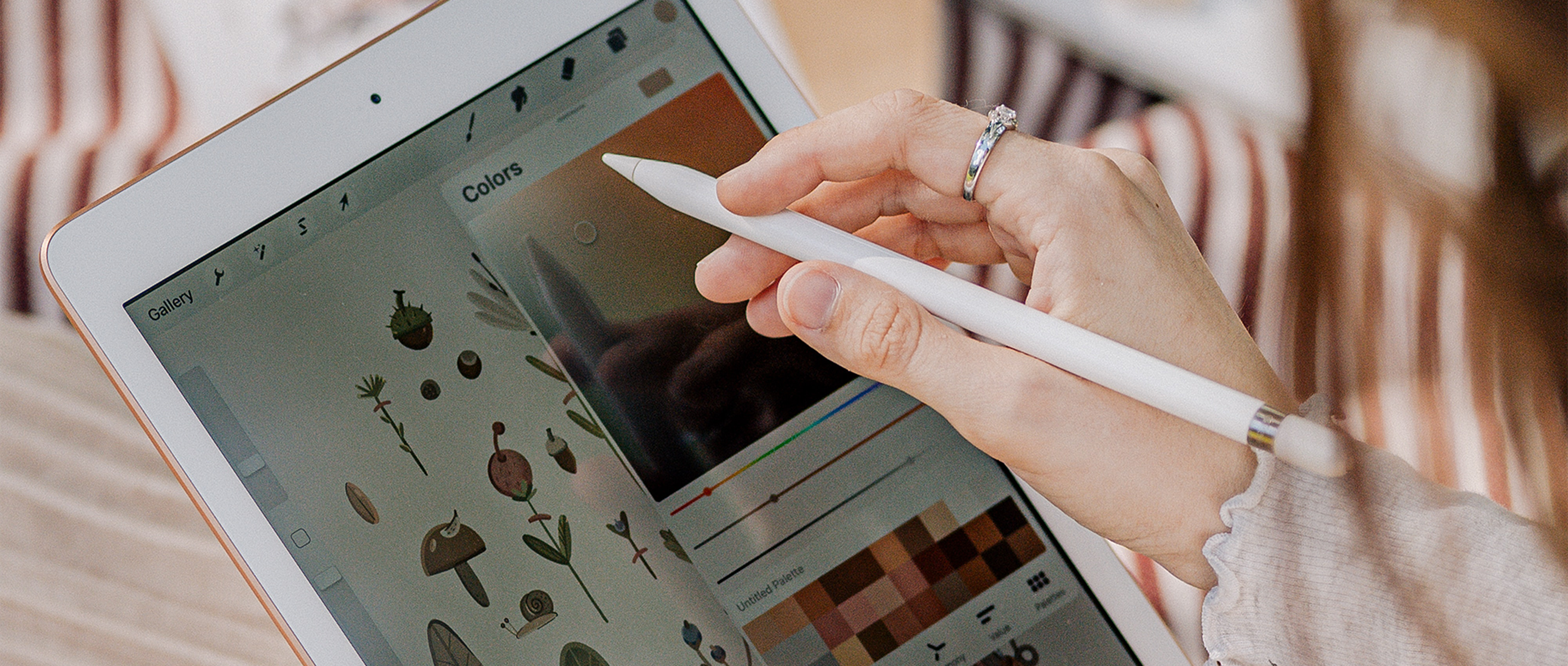The advancement of digital technology in the 21st century has brought about a remarkable progression in the world of design, presenting novel opportunities for designers to explore. The availability of sophisticated tools and user-friendly software has revolutionised the creative process, allowing designers to produce precise and polished designs that meet the highest standards of excellence. This development has not only increased the convenience and ease of designing, but it has also been instrumental in the surge of interest in digital design.
In addition, the internet has experienced an exponential increase in usage and accessibility, prompting a heightened demand for standardised designs that can cater to a broad audience. As a result, designers have adopted a new approach to their work, favouring cleaner and more digital designs. This change in design approach has not only resulted in more aesthetically pleasing designs but has also contributed significantly to the rising popularity of digital design. With these exciting developments in the field of design, it is no wonder that designers are exploring and discovering new possibilities that are transforming the creative landscape.
The design trends that are prevalent in the digital era tend to reflect the larger cultural shifts of our time. A good example of this is the increasing popularity of a sleek and minimalist aesthetic, which can be traced back to the modernist movement. This movement has always emphasised the significance of fundamental elements, simplicity, and practicality in design. In fact, it has always believed that less is more and that design should be stripped down to its most essential components to make it more impactful.
In 2023, there was a remarkable resurgence in the popularity of hand-drawn imagery and illustrations, marking a significant shift in design trends. This revival of traditional artistic techniques has brought forth a wave of creativity and a departure from the often sterile and uniform look of digital design. Designers around the world are now enthusiastically embracing the charm, individuality, and authenticity that come with incorporating hand-drawn elements into their work.
Hand-drawn elements have found their way into a multitude of design mediums, from illustrations and icons to entire user interfaces, revolutionising the way we perceive and interact with design and it is seen that these hand drawn elements are entering the world of branding.
The evolution of digital tools means that we can now mimic the details and quirks of hand-drawn art, giving designers the freedom to add that human touch without sticking to traditional art mediums.
But this trend isn't just about aesthetics; it's a response to what people want in design today. In a world flooded with polished visuals that can feel a bit cold and distant, there's a craving for something real. People want designs that feel authentic and relatable.
So, why the comeback of hand-drawn designs? It's the answer to this hunger for genuine connections. In a digital landscape where everything is usually precise and uniform, the little imperfections in hand-drawn elements really stand out, showing that something was made by a human, not a machine.
What's driving this comeback goes beyond just design preferences—it's part of a bigger shift in how we see design and culture. People are realising that design isn't just about making things look good; it's a way to tell stories and express culture. Hand-drawn elements, with their natural and imperfect appearance, break free from the strict rules of a digital world. They celebrate the varied, diverse, and wonderfully human aspects of creativity.
So, this move towards hand-drawn style isn't just a trend; it's a sign of a cultural shift. It says that we appreciate the touch of individual expression more than the cookie-cutter perfection we are so used to seeing. It's like a nod to the uniqueness of each person's creativity in a world that sometimes feels a bit too perfect and mass-produced.
To sum it up, the comeback of hand-drawn imagery in 2023 isn't just about looks. It's a conscious decision to breathe humanity, personality, and the artist's touch into designs, especially in a world that's becoming more and more digital. Thanks to advanced digital tools and software, designers now have a toolkit that mimics traditional hand-drawing techniques with precision—think brushes, textures, and effects. This allows for seamlessly integrating hand-drawn characteristics into designs while keeping that organic and authentic feel intact.


